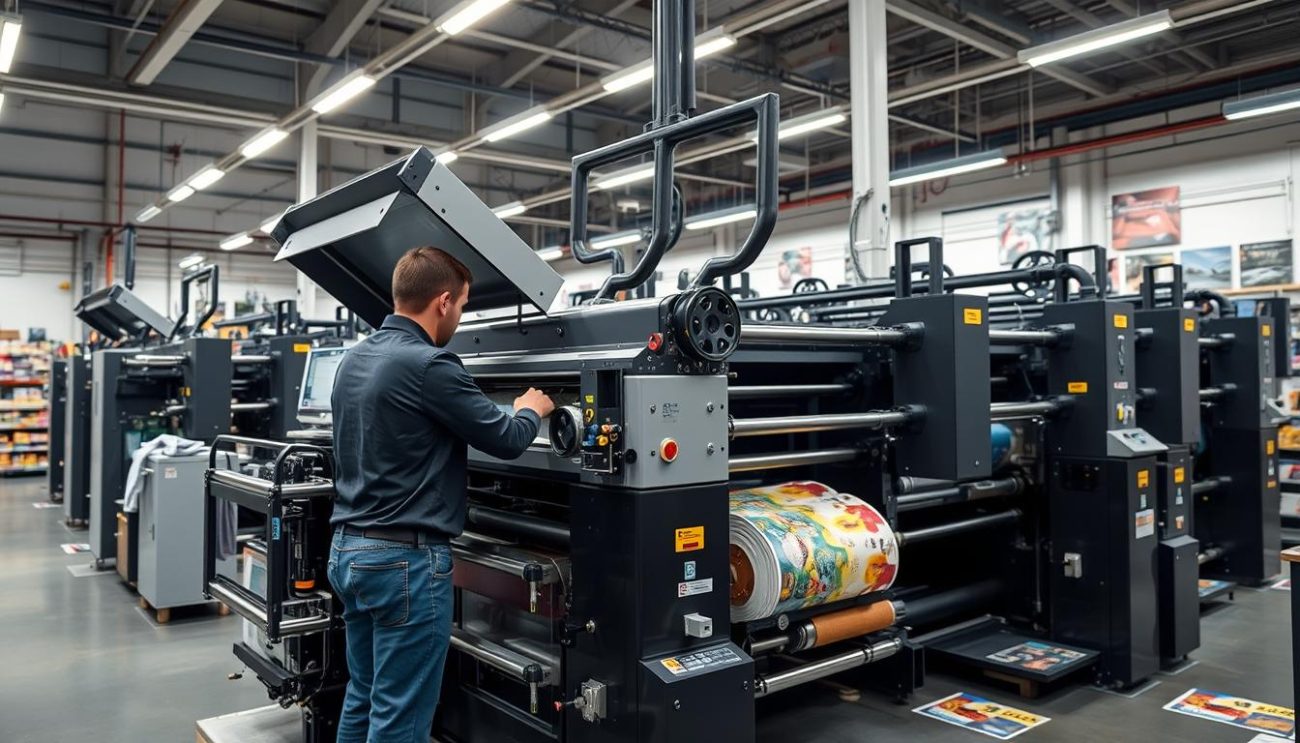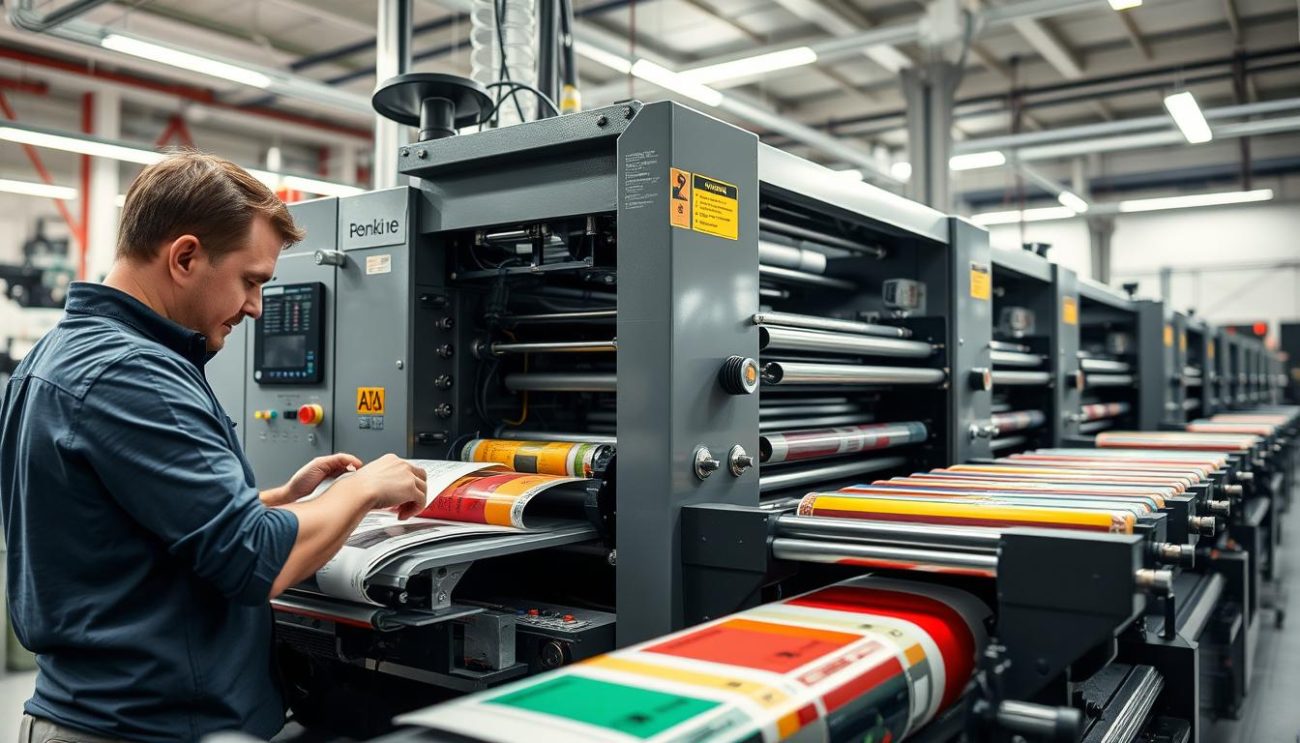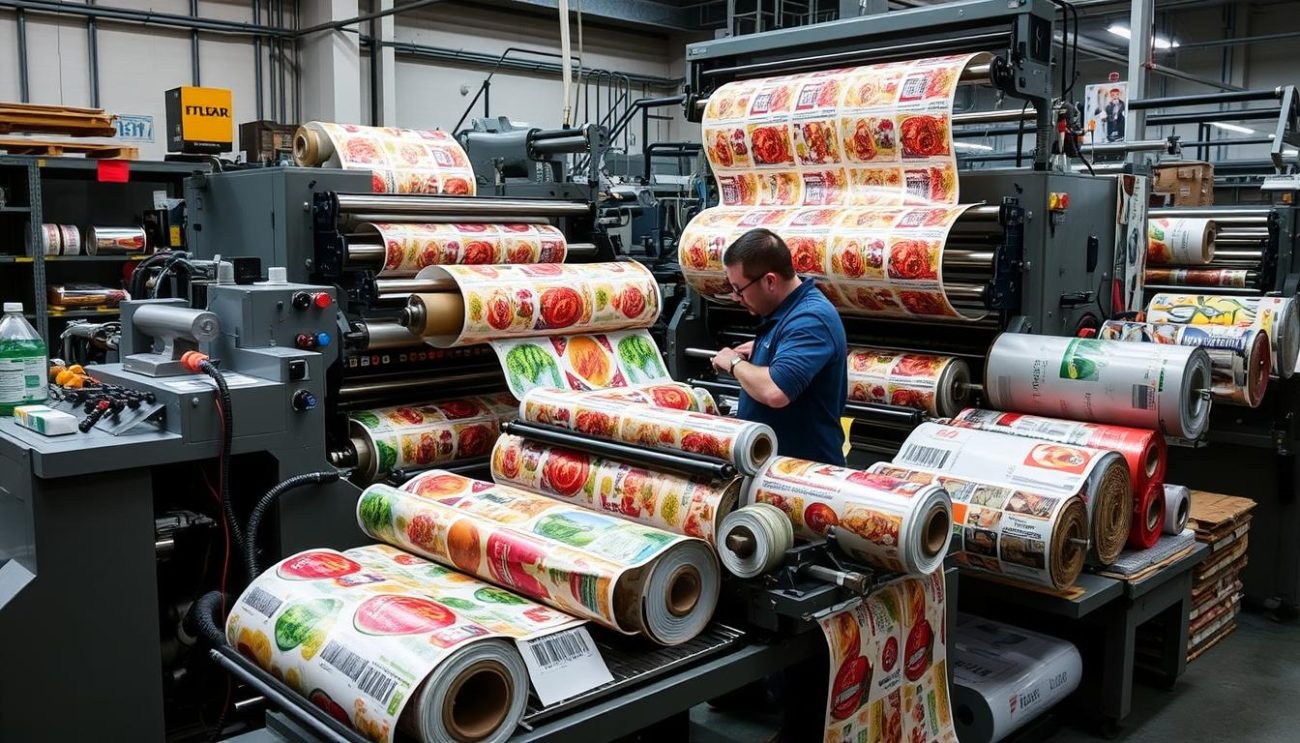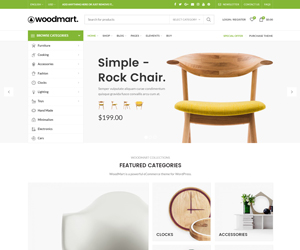Flexo Press: The Versatile Printing Solution for Your Business
What makes a flexo press a top choice for many industries? It’s great for printing on lots of materials. This makes it a favorite for businesses wanting a dependable and fast printing solution. The flexographic printing machine gives top-notch results, making it a smart choice for improving your printing skills.

The flexo printing equipment is known for its high-quality output. If you’re thinking about getting a flexo press, you might wonder what makes it special. This article will dive into the flexo press’s benefits and features. We’ll show you how it can help your business thrive.
Key Takeaways
- The flexo press is a versatile printing solution that can print on a wide range of materials.
- The flexographic printing machine offers high-quality output and efficient printing capabilities.
- The flexo printing equipment is a valuable investment for businesses seeking to elevate their printing capabilities.
- The flexo press is designed to provide exceptional results, making it an ideal choice for various industries.
- Investing in a flexo press can help businesses achieve their printing goals and succeed in their respective markets.
- The flexo press is a reliable and efficient printing solution that can help businesses reduce costs and increase productivity.
Understanding the Flexo Press Technology
Exploring flexographic printing means diving into its technology. A flexo press operator is key to the machine’s smooth operation. The variety of flexographic printing machines and their prices depend on size and features.
The flexographic printing method uses a flexible plate to transfer ink onto a substrate. It’s common in packaging and label making. Knowing the Flexo Press technology involves understanding its basic principles and its main parts.
Basic Principles of Flexographic Printing
Flexographic printing starts with a flexible plate with the image. It’s wrapped around a cylinder. Ink is applied, and the image is transferred to the substrate, creating a high-quality print. This method is efficient and cost-effective, appealing to many businesses.
Key Components of a Flexo Press
A Flexo Press has several important parts. The printing unit transfers ink to the substrate. The drying system makes sure the ink is dry before the substrate is wound up. The control system manages the whole process, ensuring smooth and efficient operation.
Evolution of Flexo Technology
The Flexo Press technology has seen a lot of growth over time. Improvements in plate making, ink, and press design have boosted quality and efficiency. These advancements make Flexo Press a top choice for businesses. Understanding these changes is crucial when considering a Flexo Press for your business.
Benefits of Choosing a Flexo Press for Your Operations
When you need to print labels, packaging, or other items, you want quality, speed, and savings. A flexographic printing machine offers all these. It ensures your products look great and stand out.
A flexo press is great for fast, high-quality printing. It’s perfect for businesses that need lots of labels or packaging quickly. It’s also good for smaller jobs, offering flexibility.
Using a flexo press can cut down on waste and save money. Its design is efficient, and it needs little upkeep. It’s a smart choice for printing labels, packaging, or more.
- High-quality output with precise registration and vibrant colors
- Efficient production speeds with minimal waste
- Cost-effective option with lower operating costs and minimal maintenance requirements
Choosing a flexo press boosts your business’s productivity and profits. It elevates your printing abilities.
Types of Flexo Press Machines Available Today
There are many flexo printing machines to choose from, each for different needs. The high-speed flexographic press is great for quick production. The digital flexo press is perfect for printing different data on each item.
These machines vary by web width, speed, and setup. You can pick from narrow web, wide web, stack-type, or central impression cylinder presses. Each has special features and benefits for certain printing tasks.
Narrow Web Flexo Presses
Narrow web flexo presses are best for labels, tags, and other narrow materials. They print high-quality images with exact alignment. This makes them a top choice for packaging and labels.
Wide Web Flexo Presses
Wide web flexo presses are for printing big materials like packaging films and papers. They’re perfect for big print jobs and fast production. This is great for companies needing lots of printed stuff.

Stack-Type Flexo Presses
Stack-type flexo presses are for high-volume printing. They have many printing units and a small design. They print fast, making them ideal for quick production needs.
Central Impression Cylinder Presses
Central impression cylinder presses print high-quality images with exact alignment. They’re often used for flexible packaging materials. They’re great for companies needing precise color and quality printing.
Essential Features of Modern Flexo Press Equipment
As a business owner, you want your flexo press to have the latest features. This ensures high-quality output. Modern flexo printing equipment comes with automated registration, ink management, and quality control systems. These features help flexo press operators work efficiently, cutting down waste and costs.
Modern flexo press equipment has several key features:
- Automated registration systems for precise registration and minimal waste
- Ink management systems to optimize ink usage and reduce waste
- Quality control systems to monitor print quality and detect defects
Also, many modern flexo printing equipment models have advanced features. These include digital printing, variable data printing, and integrated finishing systems. These features allow businesses to create a wide range of products, from labels and packaging to flexible materials and more.
Investing in modern flexo press equipment boosts productivity and quality. With the right equipment and skilled flexo press operators, businesses can stay ahead in the market. They can also meet the changing needs of their customers.
| Feature | Description |
|---|---|
| Automated Registration | Precise registration and minimal waste |
| Ink Management | Optimized ink usage and reduced waste |
| Quality Control | Monitoring print quality and detecting defects |
Applications and Industries Served by Flexo Printing
Flexo printing is a versatile process used in many fields. It’s found in packaging, labeling, and printing on flexible materials. The flexo press machine price changes based on its features and size. This makes it a good choice for businesses of all sizes.
The industries that use flexo printing include:
- Packaging: flexo printing is used for flexible packaging like films and papers.
- Labeling: it’s used for printing labels and tags with a label printing press.
- Flexible materials printing: it’s used for printing on materials like tapes and wraps.
A flexographic printing machine is key in these fields. It offers high-quality prints on different materials. Flexo printing is popular for its cost-effectiveness and ability to handle large volumes.

Knowing about flexo printing’s uses can help you decide if it’s right for your business. Its flexibility and affordability make it a great choice for producing quality printed materials.
Investment Considerations and ROI Analysis
Thinking about investing in flexo printing machinery? It’s key to look at the upfront costs, ongoing expenses, and potential return. The cost to start includes the machine’s price, setup, and training. Also, the price of a digital flexo press can change based on its model and features.
Running costs for a fast flexographic press include ink, material, and upkeep. To cut these costs, use smart production methods and top-notch printing gear. The return on investment depends on how much you print, the quality, and demand. By looking at these, you can figure out if investing in flexo printing is right for you.
Here are some important things to think about when looking at the ROI of flexo printing machinery:
- Initial investment costs
- Operating expenses, including ink and substrate costs
- Production volume and print quality
- Market demand and competition

By carefully looking at these points and understanding the benefits of digital and high-speed flexo presses, you can make a smart choice. This will help you get a good return on your investment.
| Factor | Description |
|---|---|
| Initial Investment | Purchase price, installation costs, and training expenses |
| Operating Expenses | Ink, substrate, and maintenance costs |
| Production Volume | Number of units produced per hour |
| Print Quality | Resolution, color accuracy, and registration |
Maintaining and Optimizing Your Flexo Press Performance
To get the most out of your flexo press, regular maintenance is key. This means cleaning and lubricating it often. Also, check for wear or damage. A well-kept press ensures quality output and less waste.
Here are some tips for keeping your flexo press in top shape:
- Regularly check and replace worn or damaged parts
- Adjust printing settings like ink and substrate to improve quality
- Keep your operator trained on the latest techniques
By following these tips, you can keep your flexo press running smoothly. This ensures quality and efficient production. Investing in a flexo press is a big step, but with care, it pays off. A skilled operator is crucial for getting the most from your press.
Remember, a well-maintained flexo press is essential for quality products and less waste. Focus on maintenance and training to get the best from your press. This way, you’ll see a strong return on your investment.
| Maintenance Task | Frequency | Importance |
|---|---|---|
| Cleaning the press | Daily | High |
| Lubricating the press | Weekly | Medium |
| Inspecting the press | Monthly | High |
Future Trends in Flexographic Printing Technology
Thinking about getting a flexo press machine? It’s smart to look at the future trends. The industry is moving towards digital integration, sustainability, and automation. These changes might make flexo press machines more affordable for businesses of all sizes.
Digital tech will make flexo machines talk to other devices, making production smoother. Sustainability efforts will cut down on waste and energy use. For example, a digital flexo press can print more precisely, using less material.
Digital Integration
Digital tech is key for flexographic printing’s future. A digital flexo press will improve print quality and boost productivity. It will also lower labor costs. As tech gets better, prices for these machines will drop, making them more competitive.
Some benefits of digital integration include:
- Improved print quality and consistency
- Increased productivity and efficiency
- Reduced labor costs and waste
- Enhanced sustainability and environmental responsibility
Sustainability Developments
Sustainability is crucial in printing, and flexographic is no exception. Expect to see eco-friendly materials, energy-saving gear, and waste-cutting strategies. A sustainable flexo machine can lessen your environmental impact and boost your brand’s image.
Investing in a sustainable flexo machine can:
- Reduce your environmental impact
- Improve your brand’s reputation
- Increase customer loyalty and trust
- Stay ahead of the competition
In conclusion, the future of flexographic printing is bright and full of opportunities. By keeping up with digital integration, sustainability, and automation, you can make smart choices for your printing needs. This will help you stay competitive.
| Feature | Benefits |
|---|---|
| Digital Integration | Improved print quality, increased productivity, reduced labor costs |
| Sustainability | Reduced environmental impact, improved brand reputation, increased customer loyalty |
| Automation | Increased efficiency, reduced labor costs, improved productivity |
Conclusion: Making the Right Choice for Your Printing Needs
The flexo press is a game-changer for many industries. It brings top-notch quality, efficiency, and cost savings. Knowing what modern flexo printing equipment can do helps you choose wisely for your business.
The flexo press has grown to meet various needs. You can find presses for different sizes and designs. This means you can find the perfect fit for your printing needs, improving your workflow and results.
Choosing the flexo press is a smart move for your business. It’s not just a machine; it’s a partner for success. With the latest in flexo printing technology, you can boost your product quality and stay competitive. So, take the chance to see how the flexo press can transform your printing.
FAQ
What is a Flexo Press?
A Flexo Press is a versatile printing solution. It uses a flexible printing plate to transfer ink onto various substrates. This includes paper, film, and labels. It’s known for high-quality output, efficiency, and cost-effectiveness, making it popular across different industries.
What are the key components of a Flexo Press?
A Flexo Press has several key components. These include the printing unit, drying system, and control system. The printing unit uses a flexible plate with the desired image. This plate is wrapped around a cylinder and inked to transfer the image onto the substrate.
What are the benefits of choosing a Flexo Press for your business operations?
Choosing a Flexo Press offers many benefits. It provides high-quality output, efficiency, and cost-effectiveness. The Flexo Press ensures precise registration, vibrant colors, and fast production speeds. It’s also a cost-effective option with lower operating costs and minimal maintenance.
What types of Flexo Press machines are available today?
Today, Flexo Press machines come in various configurations. There are narrow web Flexo Presses for labels and tags, and wide web Flexo Presses for packaging materials. Stack-type Flexo Presses are for high-volume printing, and central impression cylinder Flexo Presses for flexible packaging. High-speed and digital Flexo Presses are also available for fast production and variable data printing.
What are the essential features of modern Flexo Press equipment?
Modern Flexo Press equipment has advanced features. These include automated registration, ink management systems, and quality control systems. These features ensure high-quality output, efficient operation, and minimal waste. Some Flexo Presses also offer digital printing, variable data printing, and integrated finishing systems.
What applications and industries are served by Flexo printing?
Flexo printing serves many industries. It’s used in packaging, labeling, and flexible materials printing. In packaging, it prints flexible materials like films, papers, and laminates. In labeling, it prints labels, tags, and narrow web materials. It’s also used for printing flexible materials like tapes, wraps, and pouches.
What investment considerations and ROI analysis should be done when purchasing Flexo Press equipment?
When investing in Flexo Press equipment, consider several factors. Evaluate the initial cost, operating expenses, and expected return on investment. The initial cost includes the purchase price, installation costs, and training expenses. Operating expenses include ink, substrate, and maintenance costs. The expected return on investment depends on production volume, print quality, and market demand.
How can you maintain and optimize the performance of your Flexo Press?
To maintain and optimize Flexo Press performance, regular maintenance and operator training are key. This includes cleaning, lubricating, and inspecting the press regularly. Ensure proper operator training and adjust printing parameters, ink formulation, and substrate selection to improve print quality and reduce waste.
What are the future trends in Flexographic printing technology?
The Flexographic printing industry will evolve with advancements in digital integration, sustainability, and automation. Digital integration will enable Flexo Presses to communicate with other devices and systems, streamlining production and improving efficiency. Sustainability developments will focus on reducing waste, energy consumption, and environmental impact. Automation advances will enable Flexo Presses to operate with minimal human intervention, improving productivity and reducing labor costs.






